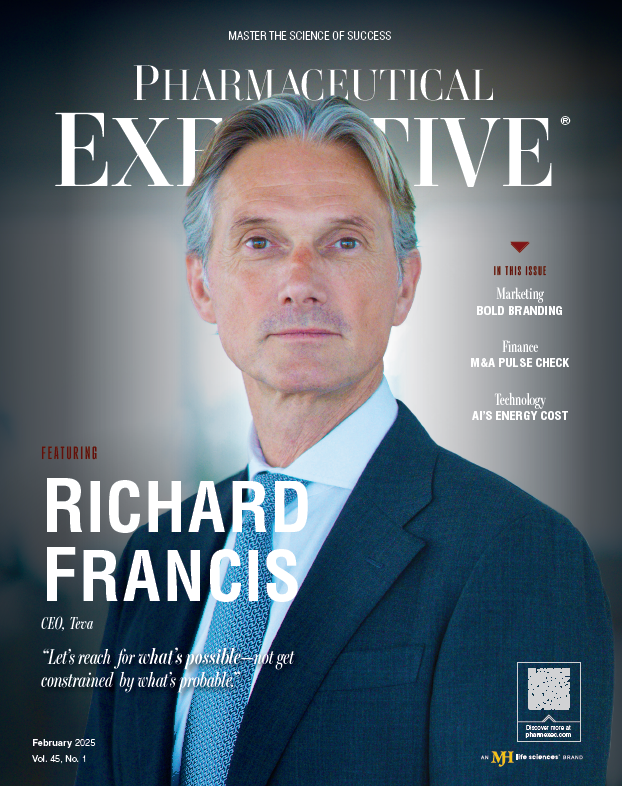Navigating Cross-Border Pharma Deals: Key Trends and Lessons Out of China
The importance of a strategic approach and proper due diligence in unlocking the full potential of these arrangements.




Amid macroeconomic uncertainties and geopolitical headwinds, cross-border deals have seen remarkable growth over the past year, and the momentum appears to be even stronger now in 2025.
Asia-Pacific has emerged as an epicenter for cross-border deals, drawing increasing interest from global pharma majors and investors alike, with China, Korea, and Australia as some of the hotspots. In particular, innovations from China have become a major source to replenish the R&D pipelines of global pharmaceutical companies. DealForma reports that around a third of external molecules of large pharma are from China, and Simon-Kucher estimates that the number and combined value of China’s licensing-out deals has increased by around 40% and 90%, respectively, from 2023, indicating both strong momentum and larger deal size.
Growth drivers
Taking a closer look at the top 10 China out-licensing deals in 2024 (see Table 1 below), many of the assets feature novel targets, new mechanisms of action, and next-generation modalities such as bispecific antibodies and small interference RNA therapies. In contrast to the heavy focus on oncology in the past, 2024 saw activity in therapeutic areas broadened to cardiovascular, immunology, and liver diseases, as well as diabetes and obesity.
There is also a notable shift in risk appetite, with eight of the top 10 deals in 2024 focusing on preclinical or Phase I assets, underscoring investor willingness to take on risk in exchange for potentially transformative innovations. Meanwhile, the larger deals appear to be still gravitating toward those with more established mechanisms of actions and sizable markets, including Argo Biopharma’s deal with Novartis for four RNAi assets at $185 million upfront and $4.2 billion in total value; and LaNova’s out-licensing of PD-1/VEGF bispecific antibody to MSD at $588 million in an upfront payment and $2.7 billion additional bio-dollars.
Jiangsu Hengrui’s GLP-1 deal in 2024 stood out, not just because of its $6 billion price tag, which ranked the highest, but also due to the “NewCo” deal structure it trailblazed. Under the construct, the assets were licensed to a newly incorporated Delaware company, co-owned by Hengrui, and a consortium of investment firms. Hengrui would receive typical payouts, including upfront and milestones, while retaining a significant equity share of the NewCo. The structure helps to de-risk geopolitical uncertainties, combines near-term returns and future upsides, and affords NewCo the possibilities to pursue a wide range of strategic options, including capital market listing, M&As, licensing deals, and spin-offs as needed. The model has since been emulated by half a dozen deals so far, including two “NewCos” in early 2025 by Keymed and Harbour BioMed, respectively.

Besides out-licensing deals, outright acquisitions have been on a steady rise in Asia, taking advantage of the relatively low valuation across the sector. Among the more sizable ones, Genmab acquired ProfoundBio for $1.8 billion for the latter’s oncology assets and antibody-drug conjugate platform; and BioNTech made major inroads into bispecific antibodies with its recent acquisition of Biotheus for $950 million, establishing its footprints in China in one fell swoop.
Knowledge is power
Navigating cross-border deals requires a holistic understanding of the assets and deal structures, but, more importantly, the differences across markets. These differences span across legal, regulatory, and clinical aspects, as well as the competitive environment and market access landscape. A strategic approach and proper due diligence are key to managing the multifold complexities and unlocking the full potential of cross-border deals in Asia-Pacific and beyond.
Bruce Liu, Partner; Martin Slusarczyk, Director, Zurich; Selene Peng, Senior Consultant, Shanghai; and Joki Wallace, Consultant, New York; All with Simon-Kucher & Partners’ life sciences division

Novo Nordisk, The United Laboratories Ink Exclusive License Agreement for Triple Receptor Agonist
March 25th 2025Under terms of the license agreement, Novo Nordisk will acquire the rights to develop and commercialize UBT251 outside of China for obesity and type 2 diabetes for an upfront payment of $200 million.
Novo Nordisk, The United Laboratories Ink Exclusive License Agreement for Triple Receptor Agonist
March 25th 2025Under terms of the license agreement, Novo Nordisk will acquire the rights to develop and commercialize UBT251 outside of China for obesity and type 2 diabetes for an upfront payment of $200 million.
2 Commerce Drive
Cranbury, NJ 08512
All rights reserved.